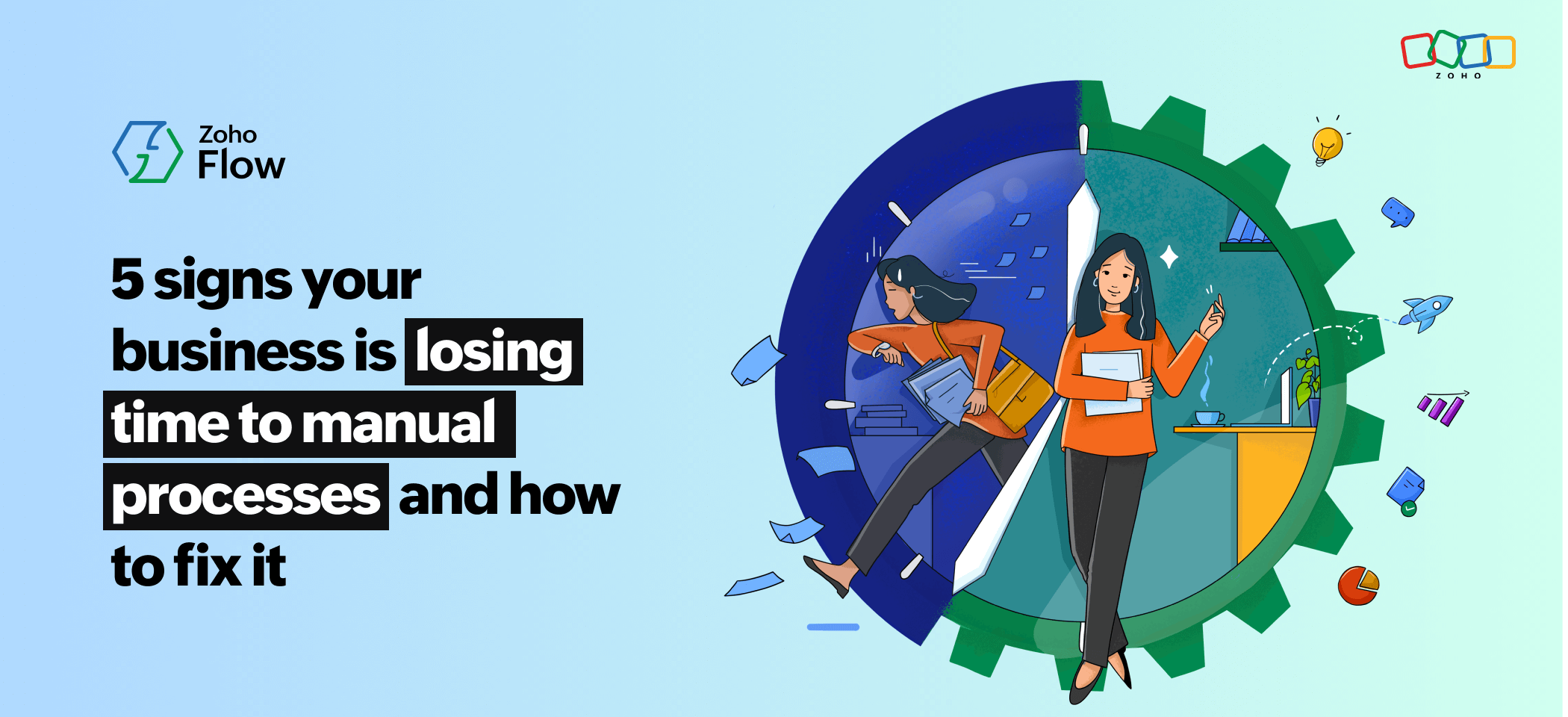- HOME
- Productivity
- How to actually be more productive
How to actually be more productive
- Last Updated : November 11, 2023
- 812 Views
- 5 Min Read

As we step into the new year, it's not uncommon to want to get more done—and the internet is filled with productivity hacks that claim to help you do it. A quick search throws up hundreds of articles offering tips, tricks, and methods to be more productive.
However, it's rare to pick a method we find interesting, apply it, and the problem is completely solved. It's not that the method itself is ineffective, it's just that the nature of the problem is almost always unique. Even the most profound productivity idea will need some customization to be an effective long-term solution for a nagging problem. Therefore, when we consider that the idea of a ready-made solution being available for a specific, complex problem might not be likely, what is left to be done is to invest time in understanding the problem itself.
Consider this example: You've just launched a new product and want to increase signups, hoping to eventually increase revenue. You think being more productive will increase the chances of success, but you run into problems. Your competition has
been in the market for a long time. Their content is already well indexed and they have so much material out there that you need months, if not years, to catch up. You find out that they spend more than you do, have more features, and their pricing is decent as well. Now you realize that the solution isn't productivity and that a completely different approach is required.
After struggling for a while, you come across a prospect who's from a niche that you did not envision for the product. The prospect agrees to use your product only if there are a few modifications made that would be required for their niche. After pondering it, you give in and make the customizations as requested.
The prospect now becomes your customer. After some time, they refer a friend who's in the same industry. When you take a deeper look into the industry, you find that there's no product that ' tailored for that particular industry. You test things out by creating content, engaging with the community, and tailoring the messaging and positioning to fit that industry. Encouraged by the response, you bring in changes to the product that would make it even more of a fit to that industry. After a while, your product becomes the leader in that particular niche, not just in terms of features, but in terms of understanding the industry itself, and it is this that gives you the edge over the competition.
The story, however, is not finished. Perhaps the industry grows and it is smooth sailing. Or perhaps, another pivot is in order. But what this is is an illustration of how a problem is eventually solved. The method is usually the result of understanding, trial and error, and persistence.
It 's important to give ourselves enough uninterrupted time to hone in on the problem. In the same example, if one is constantly interrupted because there's a lot of manual work, due to process and workflow inconsistencies, it might not be possible to achieve the frame of mind required for creativity, or even looking and processing things differently. That pivot to a different niche might not have happened at all, or perhaps taken much longer.
Therefore, the purpose of automation, which is mostly what this blog is about, is to facilitate deep work, creativity, and experiments. However, if you discover a system that works along the way, you can automate it away and turn your attention to bigger problems.
The best preparation for deep work, creativity, and problem solving is giving ourselves time and permission to dive in without being interrupted. Here are a few ways we can do that:
Delegation
Often when people find it hard to delegate, it's usually because the organization hasn't realized that an active approach towards delegation will save so much time, effort, and money in the long-term. However, effective delegation requires that we have real clarity in the job profile, and set our expectations right.
From recruiting the right person for the job to onboarding and training, there's a considerable investment of time required initially. The upside is that you'll have entire departments growing by themselves, in both breadth and depth.
To learn more, you might want to check out this post on delegation and how you can do it effectively.
Identifying and building the right processes
To automate something, we need to have clarity in the number of operations and sub-processes involved. For example, a simple email marketing workflow has so many sub-processes involved. The lead magnet should be relevant and useful for the prospect who has landed on your website. The right email sequence needs to be sent. Based on the interaction, you might want to pass on high-interest leads to your sales team, or trigger a new email sequence speaking specifically to those high-interest leads.
All of these things need careful planning and multiple apps for implementation. While automation helps you scale and saves you time, you have to make sure to identify the right processes, so that you won't have to rebuild your whole system again.
Choosing the right technology stack
Something as important as the technology you use for running your business should be determined through careful evaluation, thorough testing, and the feedback of your team. However, there are instances where other perceptions can influence our purchase decision and cost a lot of time, money, and wasted effort in the long run. So, it's important to choose the technology based on the parameters that are relevant to the organization, without interference from outside noise.
It's here that an integration platform like Zoho Flow will help you out immensely. You don't have to worry about how your apps can communicate with one another. You retain the flexibility to build connections with over 600 applications with endless possibilities for customization. The integration platform becomes the nucleus of your SaaS ecosystem, enabling you to build whatever workflows are required to carry out all kinds of intricate automations.
Building a lifestyle around creativity
When we consider the concept we talked about in the beginning, that deep work, creativity, and experimentation are what get us results, it makes sense to consciously build a lifestyle tailored for such efforts. Building a lifestyle is not logging in to work and expecting things to happen—that kind of compartmentalization is actually the antithesis of lifestyle design.
What we want to do is to put ourselves in a position where we have the maximum chance of doing our best. This will usually involve a lot of subtraction, rather than addition. Doing away with activities that don't aid your goal in any way is far more helpful than looking to add new activities.
How to evaluate broad frameworks
In the beginning, we saw how the journey to a specific destination is always unique. But what about broader frameworks? Can they be our guide when we've dived deep into the problem and are navigating to its source? The real utility of broader frameworks is that they keep you away from what doesn't work. Since there can be a lot of answers for what can work, it will be far more practical to know what doesn't work and stay away from those things.
 Karthick
KarthickContent Marketer for Zoho Flow. Passionate about helping businesses make better use of technology.


